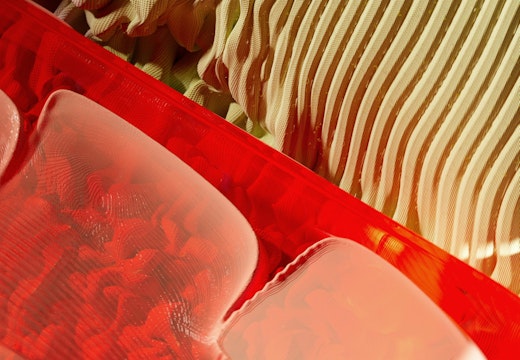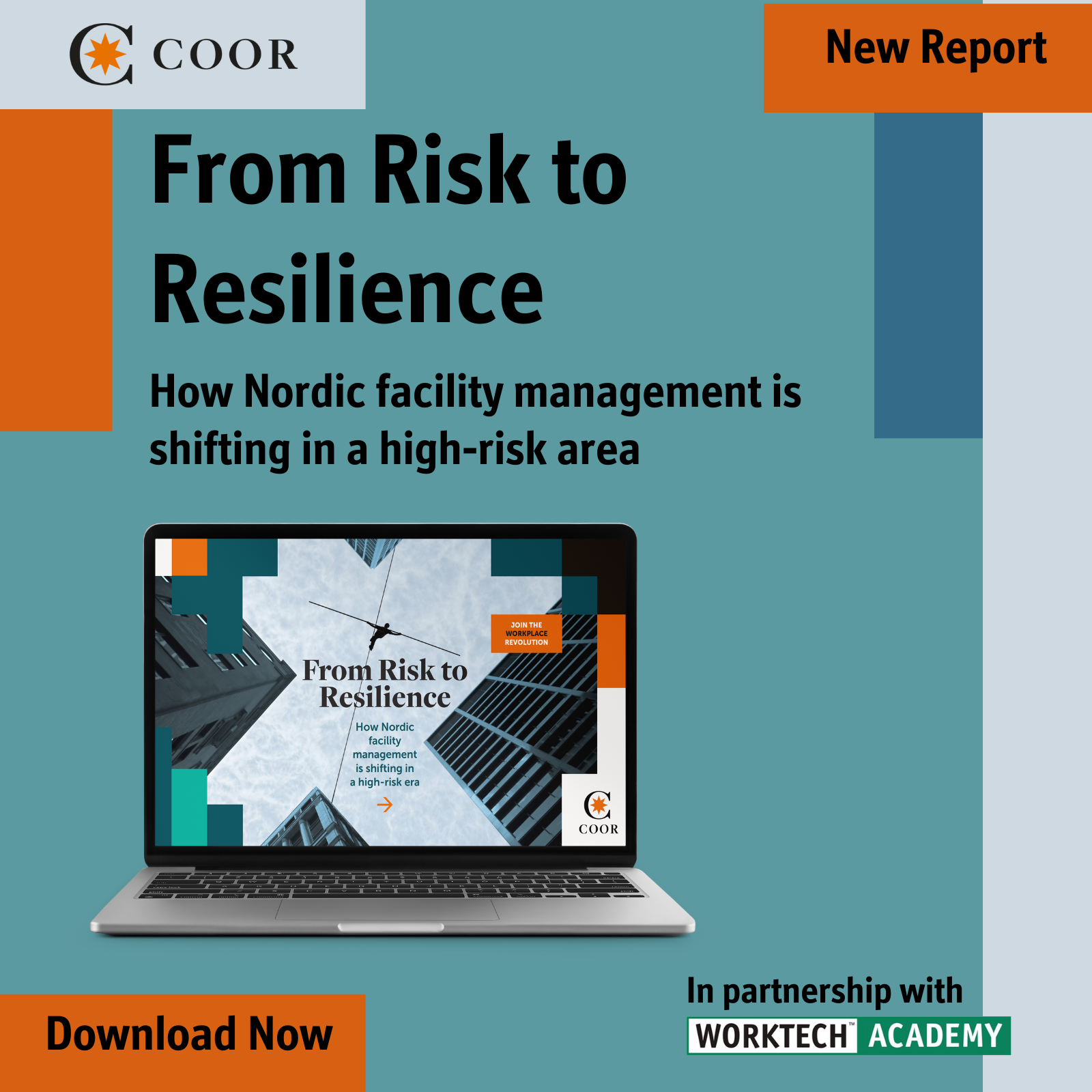Signal File: what this week’s headlines reveal about the next wave of computing
The tools of tomorrow’s office are arriving – robots that feel, chips that read thoughts, and cases that fold like paper – pushing computing into new terrain
Staying ahead in the evolving world of work means tuning into the signals shaping where and how business happens. This week’s signals reveal a new responsiveness in computing. Robots are learning to yield to human touch, brain–computer interfaces are edging toward mainstream adoption, and quantum power is being woven together with AI. Even the shape of the computer itself is being reimagined, from heavy metal cases to foldable sheets of plastic. These signals reveal layers of innovation, from human-like responsiveness to zero-cost design, stacking into a more adaptive workplace future.
Robots with a human touch
Korean company WIRobotics has unveiled ALLEX, a humanoid robot designed to respond to touch and force with near-human realism. Debuted at Korea’s Robot Innovation Hub, the prototype features compliant hands, ultra-low-friction arms, and a gravity-compensated upper body – enabling safe, flexible, and precise motion in tasks that involve direct human interaction.
In action: As humanoids gain sensory awareness, workplaces must rethink ergonomics, safety, and collaboration between people and machines.
China sets its sights on brain–computer interfaces
China has unveiled a roadmap to build a world-leading brain-computer interface (BCI) industry by 2030, spanning chips, decoding software, and mass production. Trials in paralysed patients and new consumer prototypes show BCIs moving from lab to market, positioning China as a serious rival to US neurotech players.
In action: As BCIs commercialise, organisations must treat neural data as both an innovation driver and a responsibility, with ethics and trust at the centre.
IBM and AMD join forces on quantum-centric supercomputing
IBM and AMD have announced a partnership to build hybrid computing systems that integrate quantum processors with high-performance CPUs, GPUs, and AI accelerators. The aim is to create scalable, open-source platforms capable of assigning parts of complex problems to the computing paradigm best suited to solve them. By merging quantum simulation with classical supercomputing and AI analysis, the collaboration promises breakthroughs in fields from materials science to drug discovery.
In action: Track hybrid innovation. The real breakthroughs may come not from quantum alone, but from its seamless integration with AI and classical computing.
Teenage Engineering designs a $0 computer case
Swedish studio Teenage Engineering has launched Computer–2, a minimalist mini-ITX case designed from a single sheet of semi-transparent plastic. The case folds into shape without screws or tools and is available free of charge. Supporting compact builds with Graphics Processing Unit (GPU) and power supply compatibility, the origami-like design reimagines PC hardware as playful, affordable, and radically accessible.
In action: Making computing assembly playful could help upskill employees in basic hardware fluency, bridging the gap between IT and end users.








